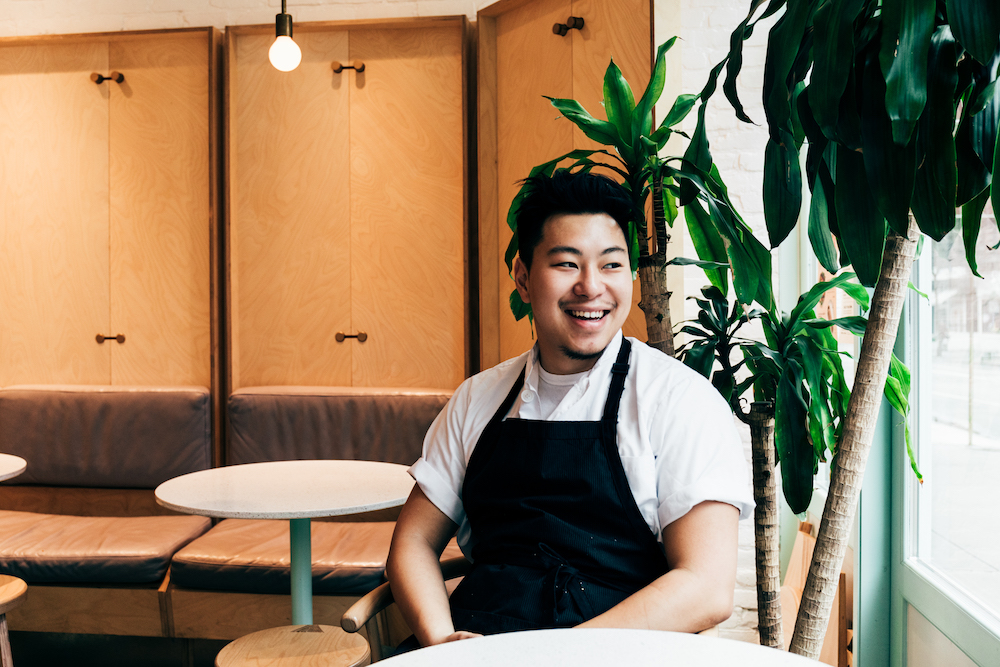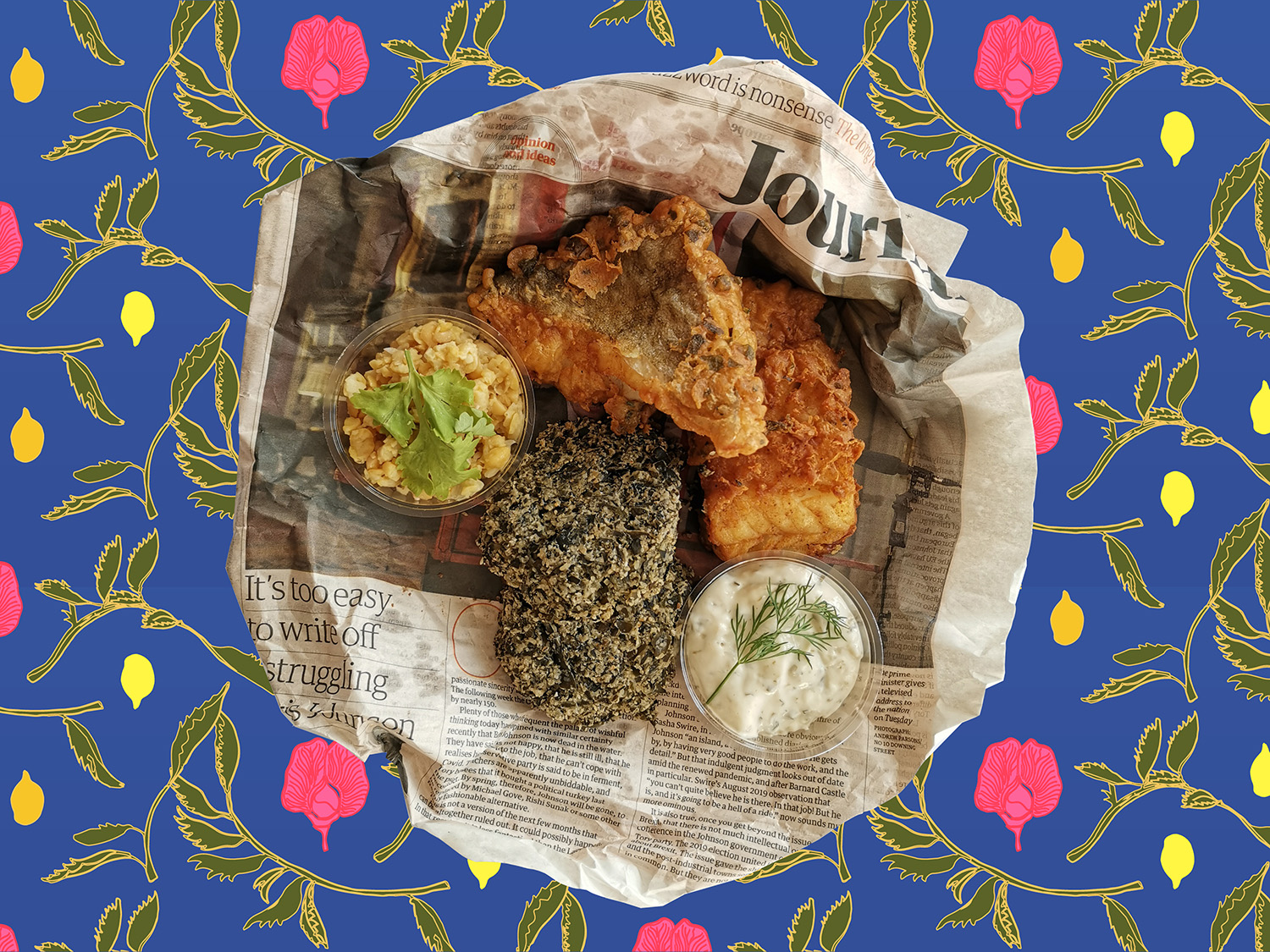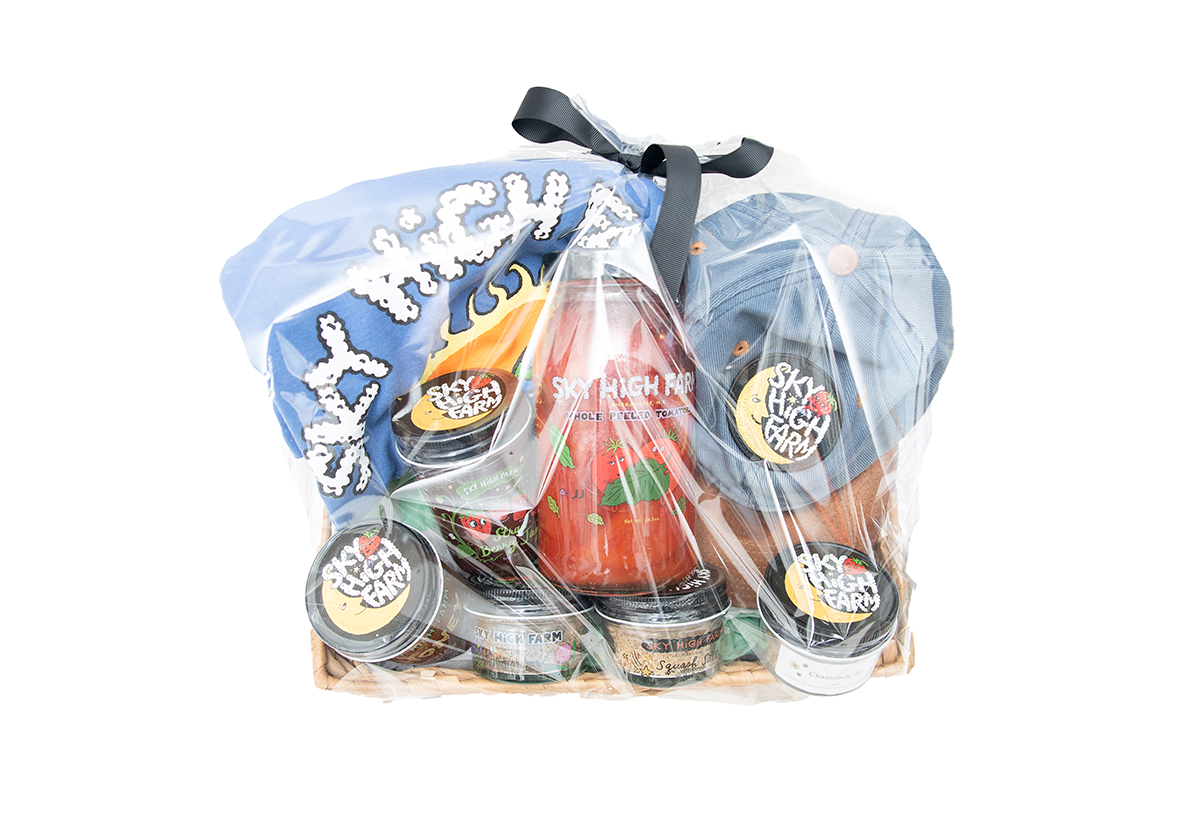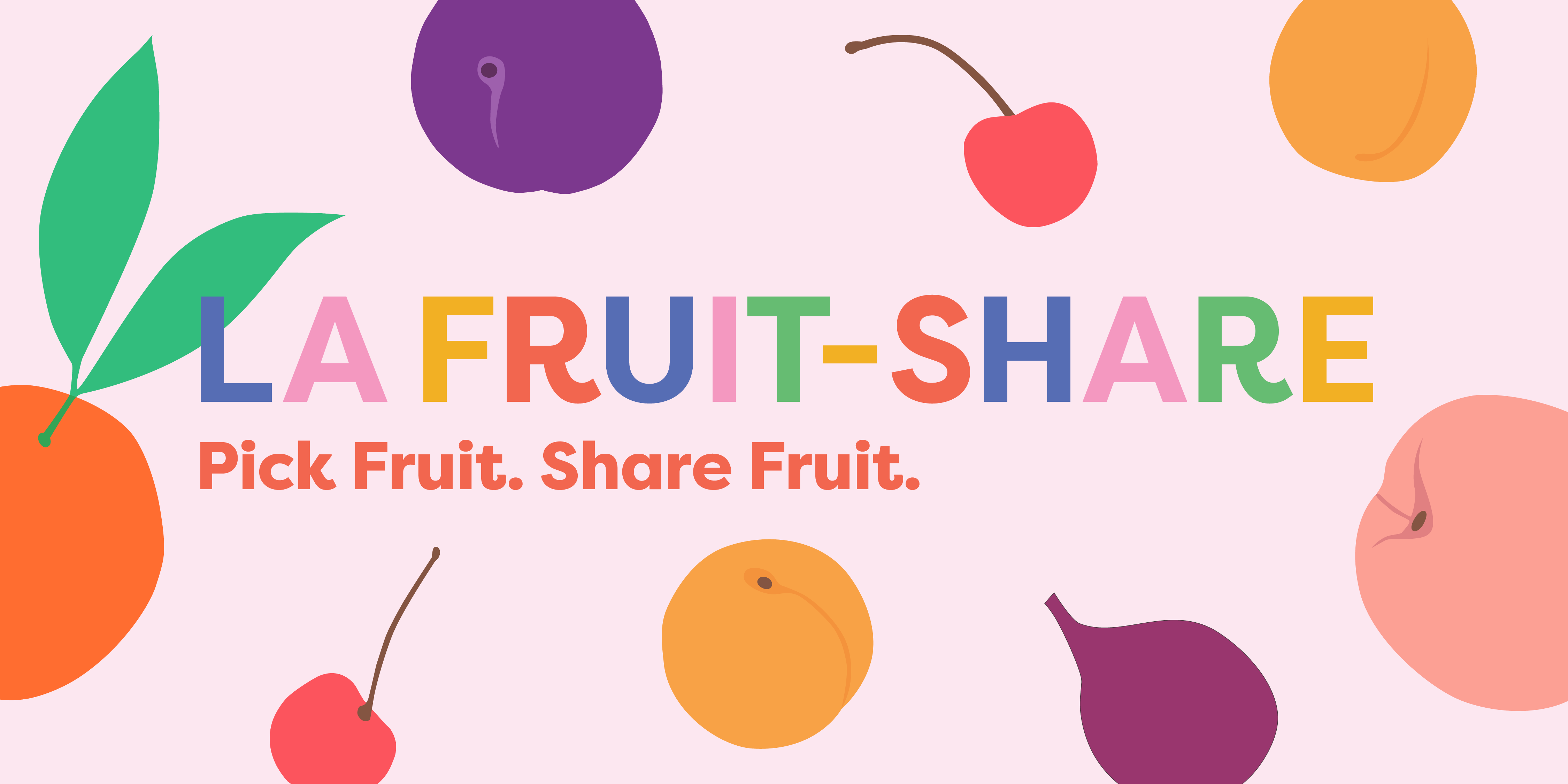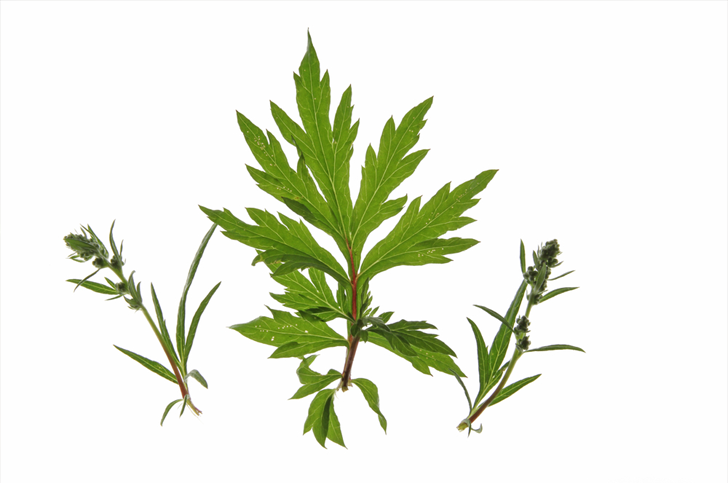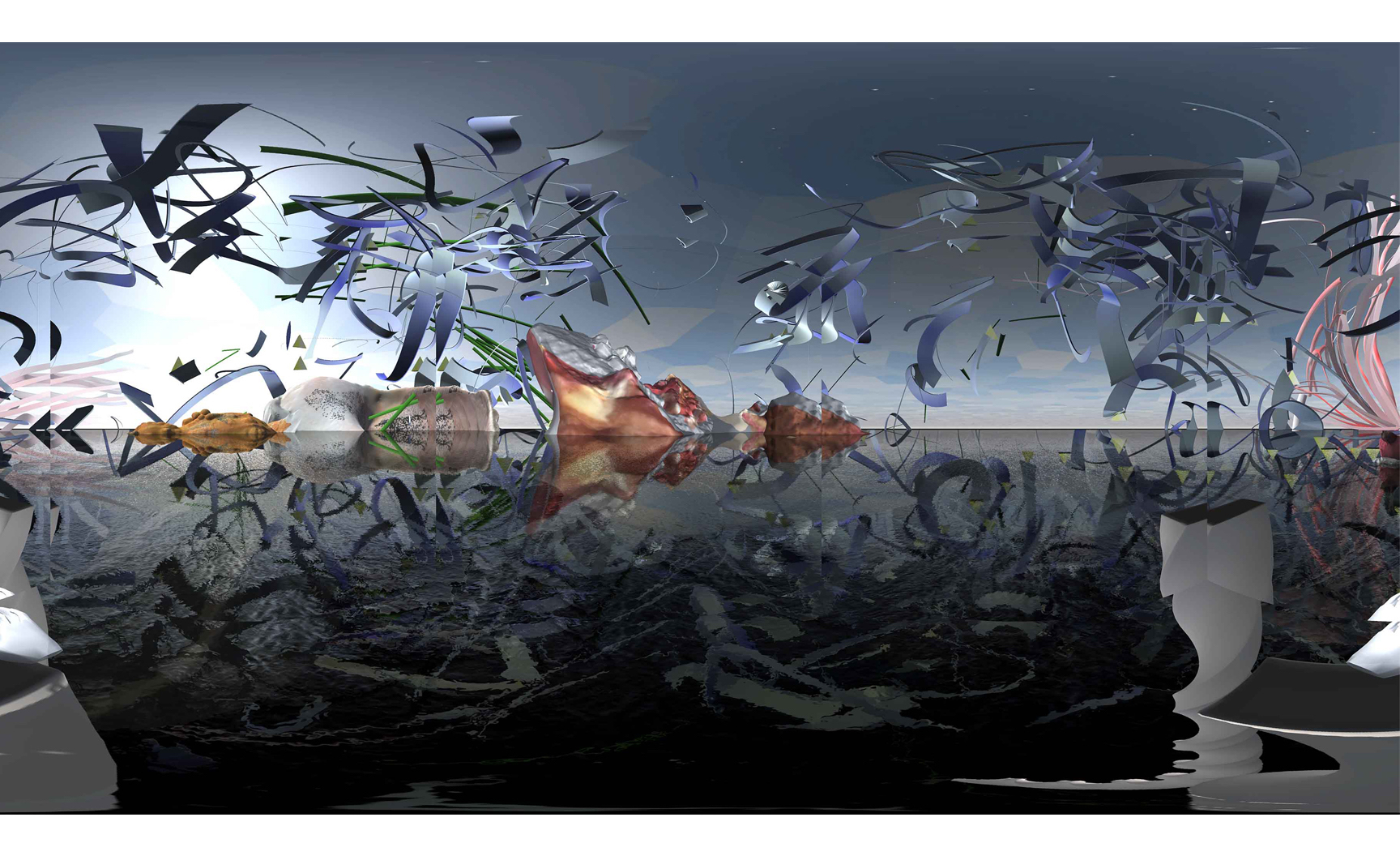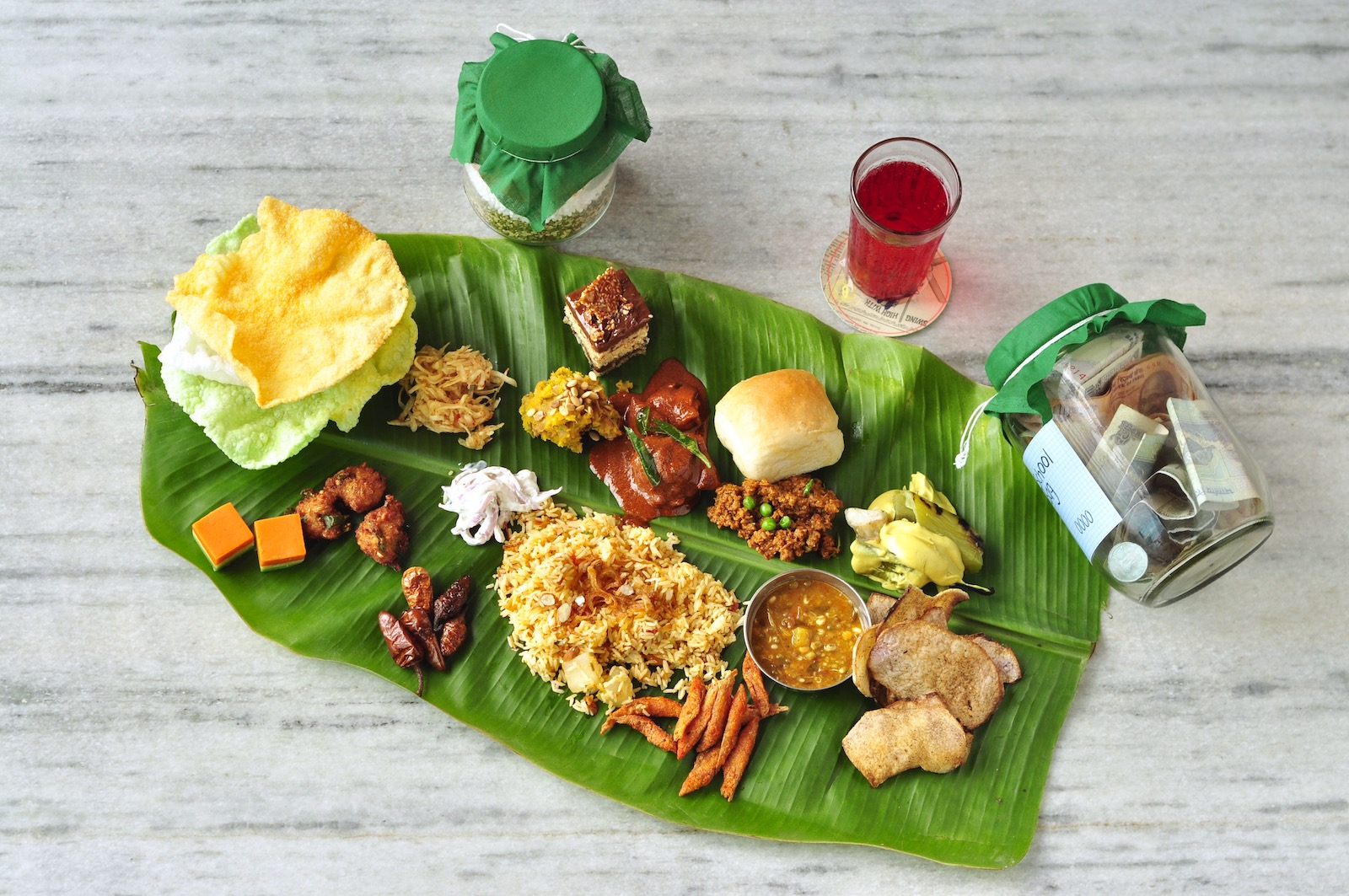This story is part of MOLD Magazine: Issue 04, Designing for the Senses. Pre-Order your limited edition issue here.
Born in Ghana but raised in Westchester County, New York, Selassie Atadika spent more than a decade engaged in humanitarian work with the United Nations, eating her way through Liberia, South Sudan, Kenya and beyond as she did. After starting the country’s first pop-up restaurant while stationed in Senegal, she left the UN to embark on a culinary career with formal training at the Culinary Institute of America.
In 2014, Atadika brought her ‘New African Cuisine’ approach to Ghana with Midunu, a food enterprise that encompasses white-linen nomadic events, private dining and, latterly, chocolate making. Midunu seeks to celebrate the continent’s varied cultures, communities and cuisines, and to employ local, seasonal and underutilized ingredients such as traditional grains (millet, sorghum, fonio), proteins (both plant-based and foraged), “underdog” ingredients, plant-forward cuisine, climate-conscious crops and traditional techniques including slow cooking, drying, smoking and fermenting for bold flavors.
Selassie’s cuisine has been featured at a State Dinner for the Danish Embassy in Ghana and at the James Beard Foundation in New York City. She holds a master’s degree in international affairs from Columbia University and a bachelor’s degree in geography with environmental studies from Dartmouth College.
 All photographs courtesy of Midunu
All photographs courtesy of Midunu
Johnny Drain: Can you tell us a little about your work with the UN? In what ways did it connect to food and agriculture?
Selassie Atadika: I spent most of my career at the UN working on preparedness, planning and response to human-made and natural disasters. Particularly when you start looking at the resilience of communities, food and agriculture has been central to human civilization and will always be. Food and agriculture are where culture, community and cuisine intersect with the environment, sustainability and economics.
How did you end up becoming a chef?
SA: I was working with UNICEF in South Sudan on issues of child protection, particularly the reunification of children associated with armed forces and groups. During one of my down moments, a friend invited me to what he said was the best kebab place in town, so I went to check it out. Within the first two bites of the grilled beef with a squeeze of fresh lime, I was transported back to Ghana. I started wondering how that was possible. With a little translation help from my friend, I found that the chef/owner was a Fulani, [part of] a nomadic tribe who move through large tracks of Africa. Due to the war in Darfur, he and some of his group had decided to settle in the village we were in—Wau, South Sudan. What I was eating is often attributed to the Hausa people and is known as agashe in Sudan, suya in Nigeria and chichinga in Ghana. I carried my shito (preserved chili paste) and gari (grated dried cassava) with me to Kosovo and South Sudan: why wouldn’t they do the same? When you look at how that plays out over decades and centuries, it makes a beautiful tapestry of flavor!
 Bounty of ingredients in Ghana
Bounty of ingredients in Ghana
I eventually decided to go to the Culinary Institute of America for a formal culinary foundation to accompany the amazing flavors and experiences I had tasted in my travels. While there, I also noticed the absence of teachings on African cuisine. It added more fuel to my fire and pushed me to start to actively fill this gap. My dining experiences for Midunu are a celebration of food’s origins, the paths it travels on the way to our tables and the people it brings together through the journey.
What tore you away from the UN? Did you have a feeling of being able to create a greater positive effect if you left the UN?
SA: It was definitely a difficult decision, which took about five years to make. My biggest “aha” moment was linked to work around the nutritional crisis. In response to severe acute malnutrition, the medical treatment is a therapeutic product which is essentially fortified peanut butter made in Europe. We were saving the lives of children with a product derived from a raw ingredient found all around the regions affected by the nutritional crisis. But we had to import it into the region after it had been [exported to and] transformed in Europe. I realized during that time that a lot of the solutions to some of the nutritional and agricultural challenges in the continent were right in front of us, and there needed to be a deeper look into the logistics, infrastructure, social behavior and beliefs that needed to be reviewed. We can’t run away from this harder work. Given my various perspectives, I felt uniquely placed to contribute to this.
Are there similarities in the approaches used in your UN work and the way you have since trained as a chef and devised ways to promote Ghanaian and African food culture and ingredients?
SA: The great parallels are anchored in the preservation of the integrity of culture. When I worked at the UN, my underlying responsibility was in rebuilding systems and structures by working to remove bottlenecks and challenges in these systems. Working with foodways is similar in that I start with the geography and natural biomes to better understand what grows and what we should be eating, look at traditional recipes and techniques, and look for the disruptions to see how they can be regulated through eating and cooking choices.
 Millet with rice and beans
Millet with rice and beans
When I moved back to Ghana, I became obsessed with millet. My mother and I joked that she could find and buy packaged bags of cleaned millet in New York, while in Accra I was unable to do the same. Millet is a staple in the northern regions but is not widely eaten elsewhere. Being one of the drought-tolerant crops found in Ghana, I knew it had to become a central part of both rural and urban diets in the face of climate change. When I asked more questions, I realized that the processing of millet involves thrashing of the crop on the ground, a process which picks up lots of small stones. It would be unlikely that urban dwellers would go to a market on their way home from a long day, purchase millet, and then take time to remove the stones prior to cooking the millet for their families given their busy lifestyles. There were only two recipes known by most people in the southern part of the country, limiting their use of the crop. Those two recipes (koko, a spicy millet porridge and tou zafi, a soft-cooked accompaniment for soups and stews) used millet as a ground product, eliminating the need for the painstaking removal of small stones.
The solution to getting more people to consume products like millet in Ghana requires a concerted supply and demand approach. Growers need to be incentivised to improve their agro-processing methods while knowing that there is a market willing to pay a bit more for a higher quality product. Consumers need to see millet as a “sexy” alternative to imported rice by having hotels and restaurants featuring new recipes with this crop. In turn, the availability of new and fresh recipes using millet would help to get consumers to start trying to use the crop at home.The ability to purchase cleaned millet in shops and stores in addition to the local markets would also enable more people to access the crop.
When in the kitchen, part of my work is to pull back the pieces of people’s perceptions of, connections with, and understanding of food and keep them central. Cultural integrity is central to my approach.

As someone who studied geography and has spent much of her life traveling, you must be highly conscious of space and the range over which your work acts. In the UN, your decisions might have affected people many kilometres apart, but as a chef, you work in much more intimate spaces. How do constraints of space and scale parlay into what you serve and how you serve it?
SA: Moving from a pop-up to more of a restaurant model required putting in systems and structure based on my cooking philosophy and working style. I decided to keep the scale of my dinners and events smaller to allow for more attention to detail in our food. Since much of the existing hospitality industry here is not tied to the principles of local [food], I have had to spend more time building relationships with local farmers and suppliers to explain what I’m looking for while listening and understanding what the availability and their challenges are. The intimacy of Midunu allows us to opt in to unique and exceptional local ingredients in the season and quantities when they are available, while the larger hospitality concepts have to focus on repeatability and consistency.
For example, we make one of our courses communal. The plate/tray is placed in the middle of the table and guests “share” from that plate. Soups are often poured table side for people to take in the aroma. Some dishes are cooked and presented in local leaves which people open at the table—feeling the steam and heat. We have a dessert on our menu which uses rooibos tea for smoking, and the guests are reminded of the technique used in the dish when they open the vessel filled with smoke.
 Rooibos smoked and poached pears, ginger crumble and Amarula cream
Rooibos smoked and poached pears, ginger crumble and Amarula cream
Because our menus are dynamic and tell stories about our foodways past, present and future, I also spend a lot of time with my clients. I try to share some of the “method to my madness” with them. There is a northern Ghanaian dish improvised out of times of agriculture leanness. The dish uses corn grits and bean leaves. I recreated it by lightening it up, adding a few additional flavor notes and serving it in a steaming basket to give the diners the sensory experience of the cooking method. It is hard to find this dish in the mainstream due to the stigma attached to that lean season, which it was associated with, but the nutritional value of the bean leaves saved many children from malnutrition, and I believe it deserves a place in our culinary repertoire for the future. It’s been a rewarding experience not only because it helps people enjoy the food on their plate for the evening, but because it also asks diners to rethink their food choices when they are not specifically at our table. I often get asked the name of the supplier for many of the exceptional products and ingredients that, sadly, have not yet found their way into mainstream grocery stores. Every once in a while, I get gifted a precious ingredient that an expat client has brought from their home country or a product a Ghanaian client or friend has not seen on our menu that they want to share with me.
I’ve also been pleasantly surprised at the scale at which my message has traveled to Ghanaians abroad and adventurous diners internationally with invitations to speak about my philosophy and cook my cuisine at conferences, forums and universities in North America, Europe and Africa. It’s exciting to get requests for our chocolates from all over the world as well as visits from travelers to Ghana who want to partake in the Midunu experience. We are currently working on plans to be able to provide our cuisine and chocolates beyond our borders to spread the word about New Ghanaian Cuisine.
 Midunu chocolate
Midunu chocolate
I read something you said about African food culture often being perceived as food for the poor, and thus scorned and disregarded by some. Reinventing what we perceive as luxurious, or where we perceive value in the food chain, is a matter close to our hearts. How do you go about convincing people that ingredients native to, say, Ghana and the dishes that form the food culture there are of incredible value?
SA: I believe storytelling is a lot of what it takes to show people the value of these ingredients and traditional recipes. Once people start to understand where the ingredients come from, what it takes to grow, harvest or produce them, they become intrigued. After that, my only job is to make the food delicious! I definitely put energy into the presentation of my dishes, but that can only get you so far. Nobody can deny delectable and craveable food.
It’s not only convincing those who are not familiar with the cuisine or ingredients. I often find some resistance among my fellow Ghanaians because they feel it’s “local” food and something they eat at home and not worth going out for. My solution to that is simple: I select and create dishes which they wouldn’t be able to make at home due to lack of time, knowledge, equipment or technique. One such dish involves masa, a rice cake/galette which is fermented for three days before it’s fried/baked and served with guinea fowl prepared in two ways: the breast dry brined for 12 hours, cooked sous vide and then seared, while the legs were confited. People often ask me how I cooked the guinea fowl because as a game meat, it typically tends to be lean and tough.
Experiences like yours in South Sudan—being blindsided by something that was completely unexpected yet intimately familiar—can be so powerful but fiendishly difficult to plan, design, create. As a chef, how do you go about doing that? Where does one begin?
AS: In Ghana, we have a set of Adinkra symbols which represent concepts. My favorite one is Sankofa: an image of a chicken with its head turned back carrying an egg while its feet are facing forward. This symbol represents the concept of taking from the past and using it in the present and future. That is what I try to do with both my cuisine and my dining experiences. Sometimes there are elements of childhood food memories/ingredients that Ghanaian diners can relate to and that expatriate clients have witnessed.
I also like to play a bit with class. As Ghana has developed and [people] have moved into different class categories, there are things they do less, like eating street food or some foods associated with rural life. The African reality is often a marriage between the village and the city. You’d be amazed at the number of smiles that a simple cut piece of sugarcane can elicit when presented to a table of C-Suite executives as a palate cleanser. One favorite is my take on a popular and affordable street food known as Kofi Brokeman: roasted plantain and groundnuts. Our version is playfully called Kofi Richman, which involves multiple textures for both plantain and groundnuts to create a sweet/savory dessert course. Kofi is no longer broke!
 Atadika’s take on a common street food, Kofi Richman
Atadika’s take on a common street food, Kofi Richman
I also like to introduce people who aren’t familiar with Ghanaian/African cuisine by offering them something they know. My chocolate truffles are a perfect example of that. Who doesn’t like chocolate? It is the perfect vehicle to introduce African flavors. You take something people know and love and infuse it with something they aren’t familiar with. With each collection I’ve developed, I try to bring in flavors from around the continent. You might taste berbere chili from Ethiopia, a West African fruit called the African star fruit/apple, or a unique West African spice called prekese (Tetrapleura tetraptera). What could be better than to share a food or ingredient with someone in an approachable way that they didn’t even know existed?




